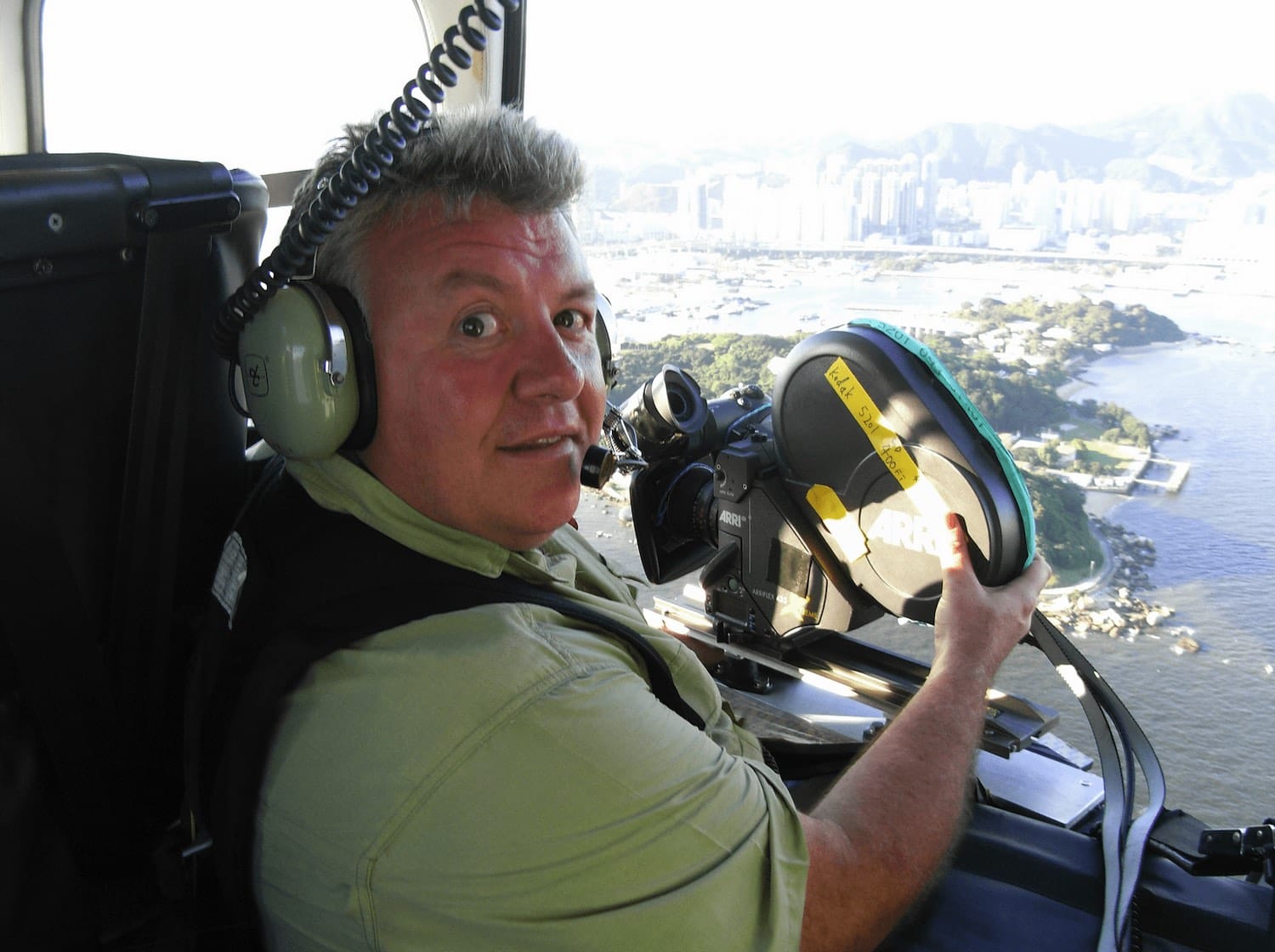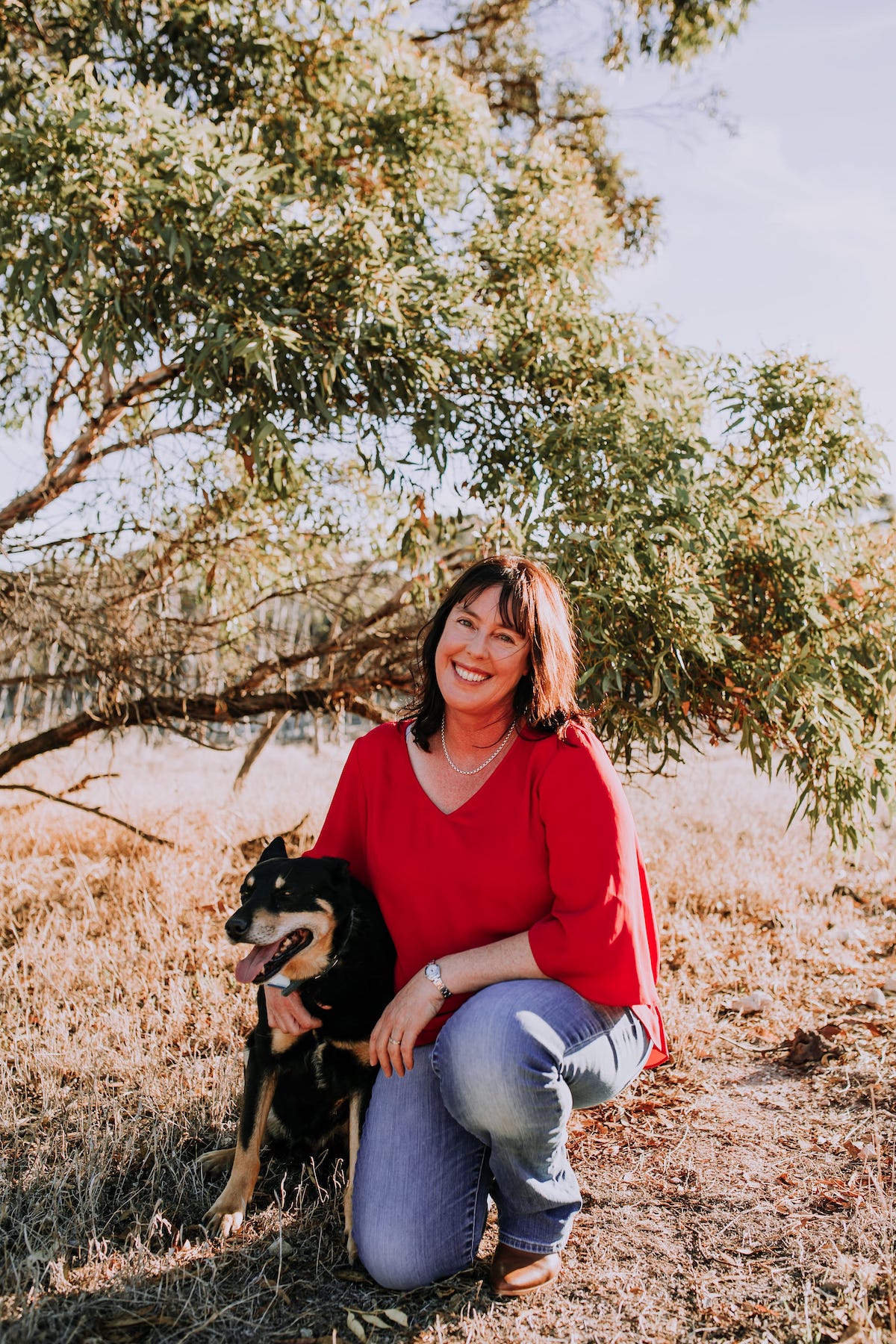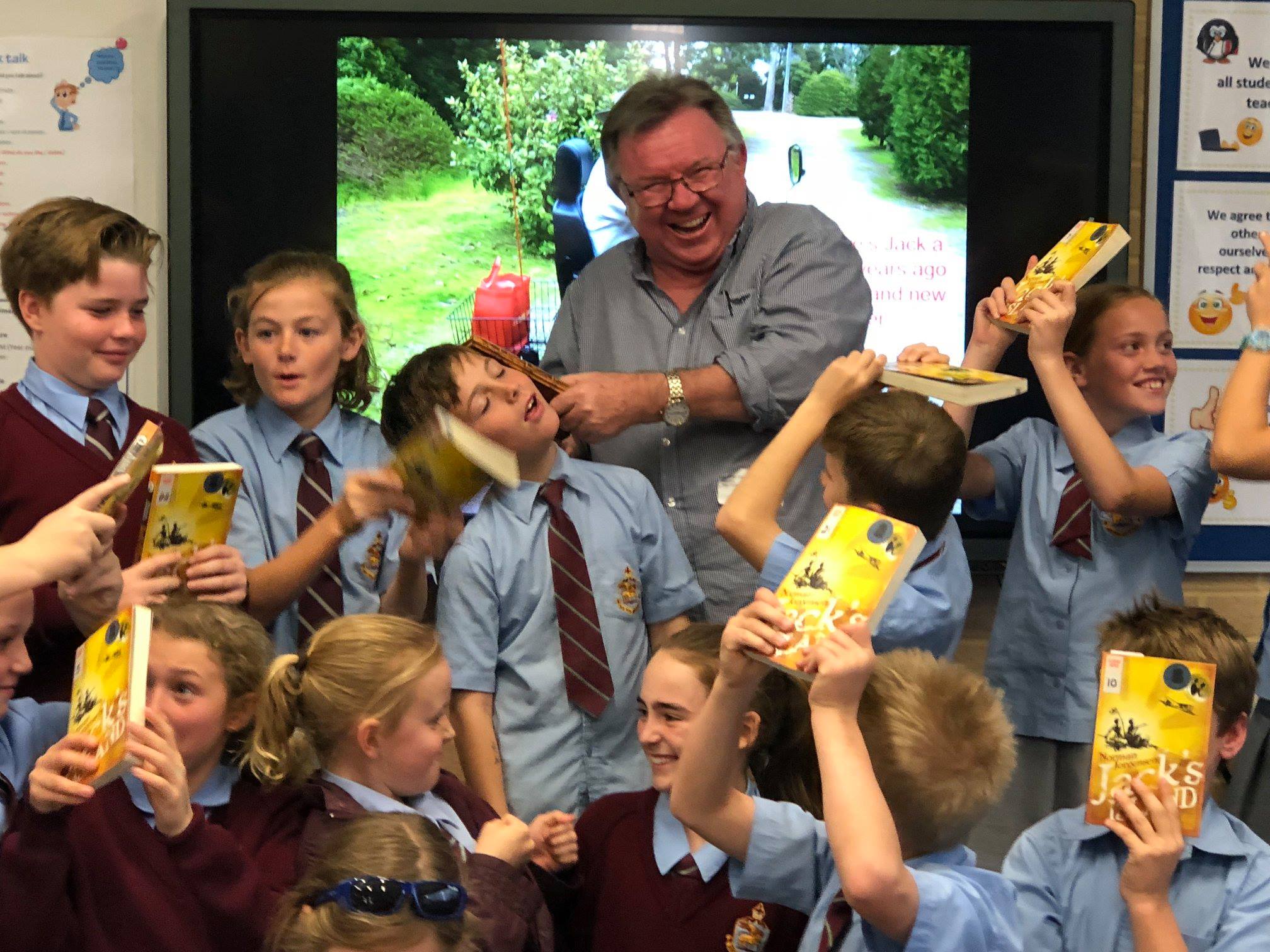
Rottnest, Western Australia’s holiday island hasn’t always been a welcoming destination.
It’s horrific record as a place of Aboriginal incarceration has been well documented, but less well known is its role during World War II.
Author Norman Jorgensen took a deep dive into Rottnest’s war-time role in his novel for young readers, Jack’s Island, first published in 2008 and republished in February this year by Fremantle Press with a brand-new cover.
Schools across the state have included Jack’s Island as part of their English curriculum and Norman regularly delivers sessions at schools delving into Rottnest’s military history.
In the novel, the war-time story is seen through the eyes of Jack and Banjo, who have a remarkable knack for getting into trouble.
The novel has won a host of awards.
“As well as his school talks aimed mostly at 10 to 15-year-olds, Norman has taken his talks out of the classroom and onto the island with school tours that bring life to the novel, showing the sites where Jack’s Island is set.
The book is a fictional version of the true story about Norman’s father, Jack, his best mate, Banjo, and their adventures growing up on Rottnest Island during World War II.
In 1938, the government decided to take over the island and turn it into the first line of defence to protect Perth in the event of a Japanese invasion.
Jack’s father was conscripted into the Civilian Construction Corps and tasked with helping build the airfield and the military installations.
As it was a long-term assignment, Jack’s whole family went to live on the island, and he and Banjo attended the one-teacher school.
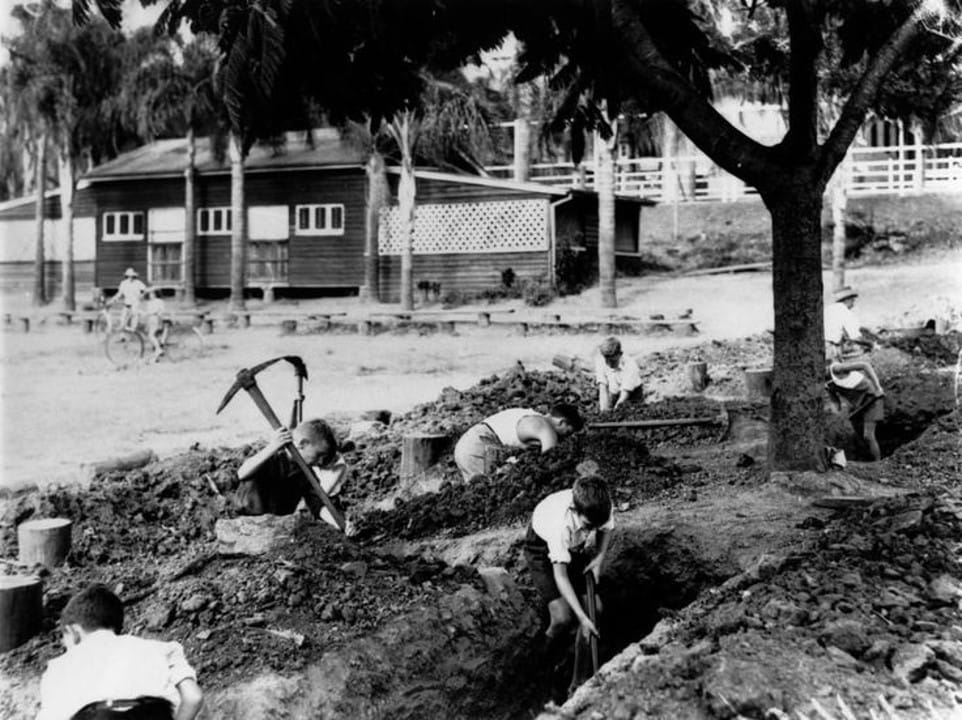
Jack’s Island follows the adventures of the boys as they explore the island that was always under the threat of a Japanese invasion.
The story had its beginnings in a trip Norman made with his Dad to Kalgoorlie.
“I worked as a bookseller for nearly 40 years and was on a sales trip to schools and libraries, and my dad, Jack, who was retired, came along for the six-hour ride to keep me company,” says Norman.
“I had always known about his family living in Rottnest during World War II, but this time, he started a story about the horrendous ferry ride in terrible weather and how everyone was seasick.
“With not much to look at on Highway One other than wheat paddocks, he continued telling me about his adventures and family life, this time pretty much in the correct order. I had my tape recorder hanging from the dashboard, and as I could see the story would continue, I pressed the record button. I don’t think Jack was even aware. I’d ask a few questions to clarify I understood who or what he was referring to, but mostly just let him ramble.
“The more he told me, the more memories came flooding back for him. When we reached Kal, I began to suspect I may have gathered enough material for a historical novel for kids. I did not tell Jack that is what I intended to do, and on the return journey, I probed a bit deeper into some particular events to ensure I had the right people and places.
“A few months later I booked a cottage on Rottnest for a couple of months during the winter and had the island virtually all to myself. Every day, I got on my bike and visited all the locations Jack had told me about and being Rottnest, nothing very much had changed since the 1940s.
“All the colonial and military buildings remain, and the military infrastructure, though now severely aged, is still there to remind us of the times, so it took very little imagination to visualise Jack and his brother running wild as 1940s kids.
“After a few weeks, Jack came over and stayed with me for a week and even though he was 78 years old, he and I rode our bikes all over Rottnest and he took me to his favourite places.”
The school tours started soon after the book was published in 2008 when schoolteachers started discovering it and setting it as a class set.
“One teacher, Denise Dewing at Tuart Hill Primary School, loved the book so much she took to it with enthusiasm and for a whole term had her class studying life on the Homefront in WWII, including having her kids discover 1940s newsreels, newspapers, films, songs, dances, fashions, rationing recipes, including Mrs Curtin’s sugarless biscuits, blackouts, hill trolleys, and the constant threat of invasion that everyone at the time was so worried about.
“She then invited me to a class camp on the island to take the kids to the locations they had studied in depth.”
Over the last 15 years Norman says he generally does three or four tours annually.
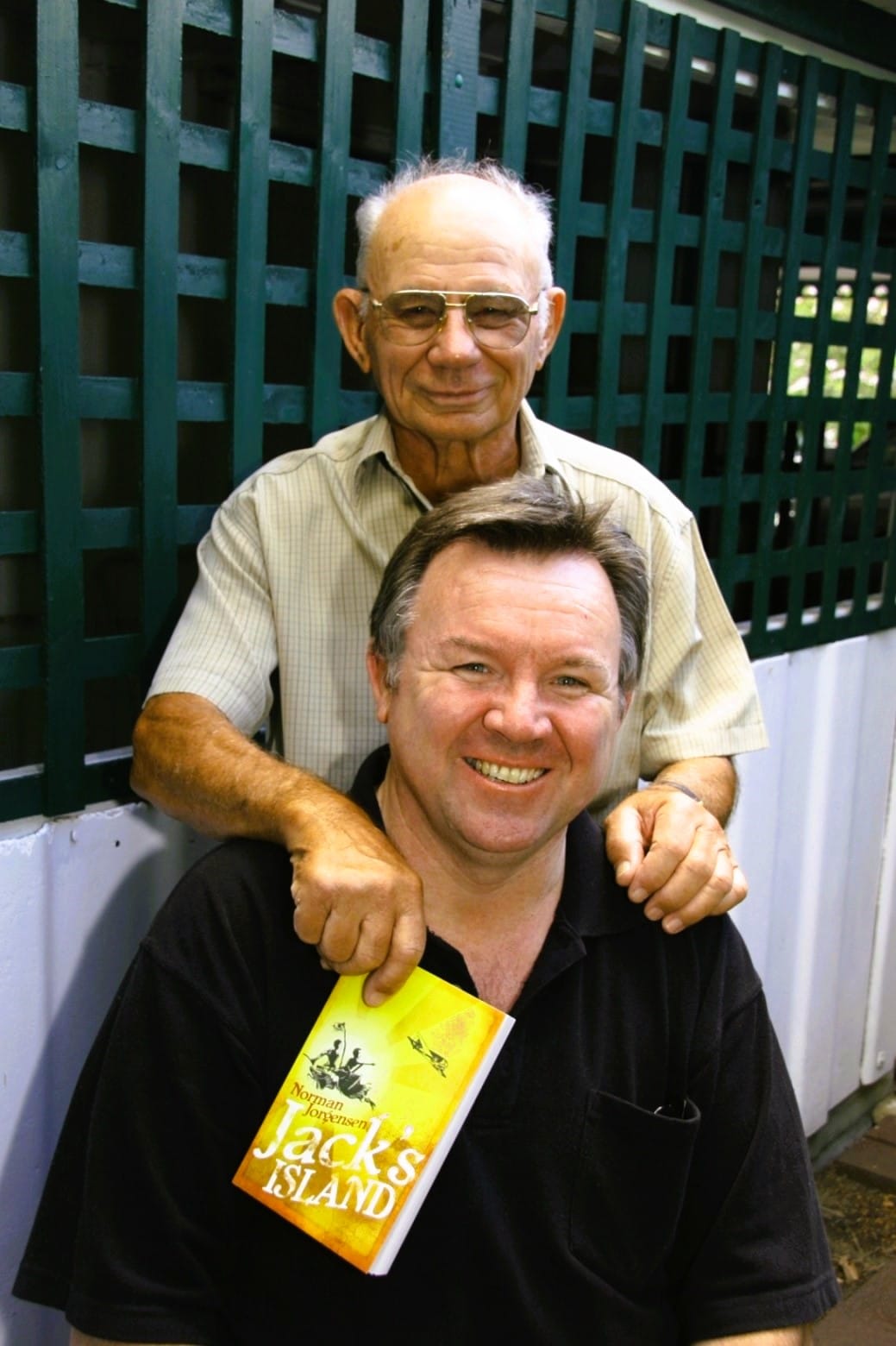
“I also took a group of history teachers who were attending a national conference in Perth on a tour. For most of them, it was their first time to Rottnest, and they loved it. And just before Christmas, I addressed 100 Rottnest Island volunteer guides and shared Jack’s stories with them.”
News of the tours spreads mostly by word of mouth from teacher to teacher.
“David Logue from Dalkeith Primary School takes his kids camping there every year, and they spend their time in costume, recreating scenes from the book and eating 1940s food.”
Norman generally takes a class of 25 to 30 kids at a time, often touring the island by bike and sometimes by bus. He charges the standard Society of Authors rate which works out at $900 for the day’s excursion.
While the book is definitely about the adventures of the boys the underlying theme of Rottnest during World War II is never far away.
“I think turning the island into Fortress Rottnest with big naval guns on the hills, machine gun posts all over, the airfield, land-mined beaches and military barracks with 3,000 soldiers was mostly an exercise in propaganda, making the population feel a little safer with the expected Japanese invasion.
“If the Japanese had arrived with the same force they used to bomb Pearl Harbour or invade Singapore, Hong Kong, the Philippines and many other places in Asia, I think the Battle of Rottnest would have been over in minutes.”
According to Norman the reason Jack’s Island is so much studied at schools is because the school curriculum has units of Australian history, including WWII, and it is set here in Perth so that local kids can relate to it.
The book is also in short chapters and told in first-person as if Jack himself is relating the story. As it is in kids’ language, reluctant readers tend not to be too daunted.
“Teachers, too, like that they can discuss the 1940s attitudes to class, sexism, racism, resilience and morals, and how disabled people were treated, which were normal at the time but are no longer acceptable.
The book appeals mainly to 10 to 14-year-olds although Norman says many of its first readers were grandparents searching out books for their grandchildren.
“Many wrote and congratulated me on getting the life and times and the 1940s attitudes and language spot on.”
To find out more Norman’s website is www.normanjorgensen.com.au and he can be emailed at njbooks@aussiebb.com.au































